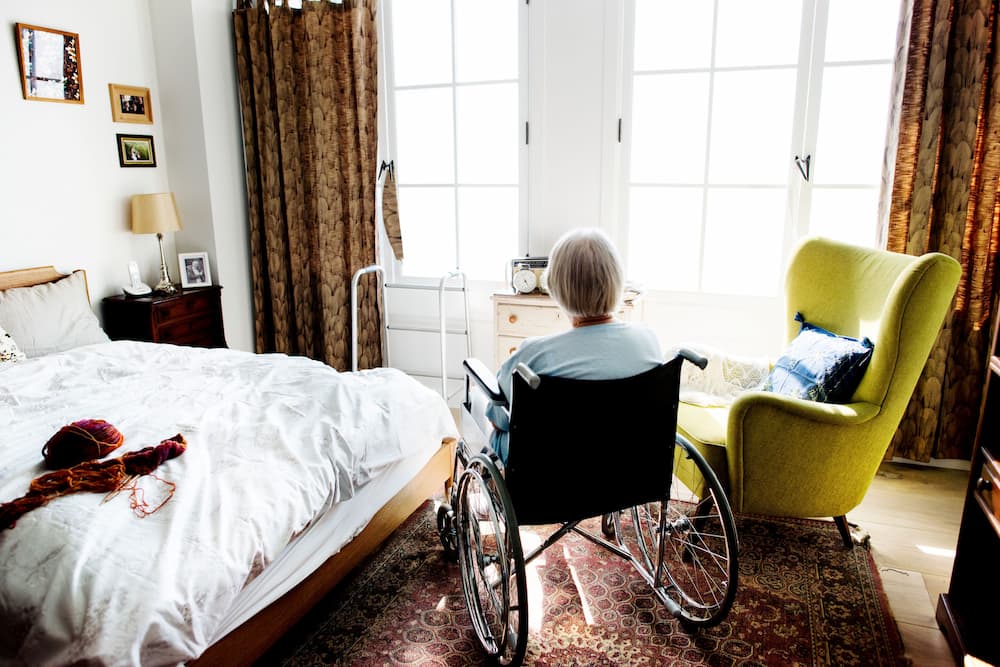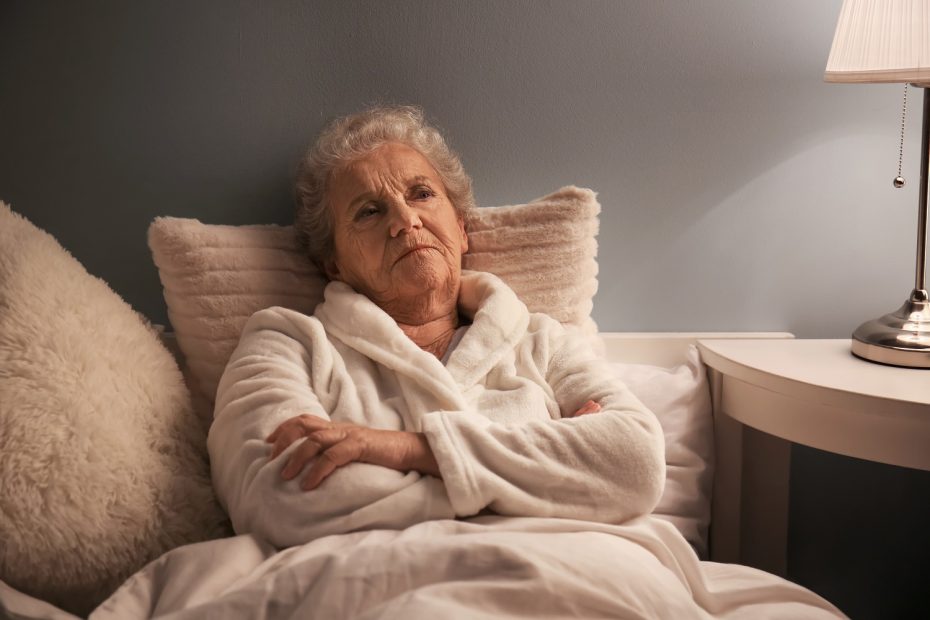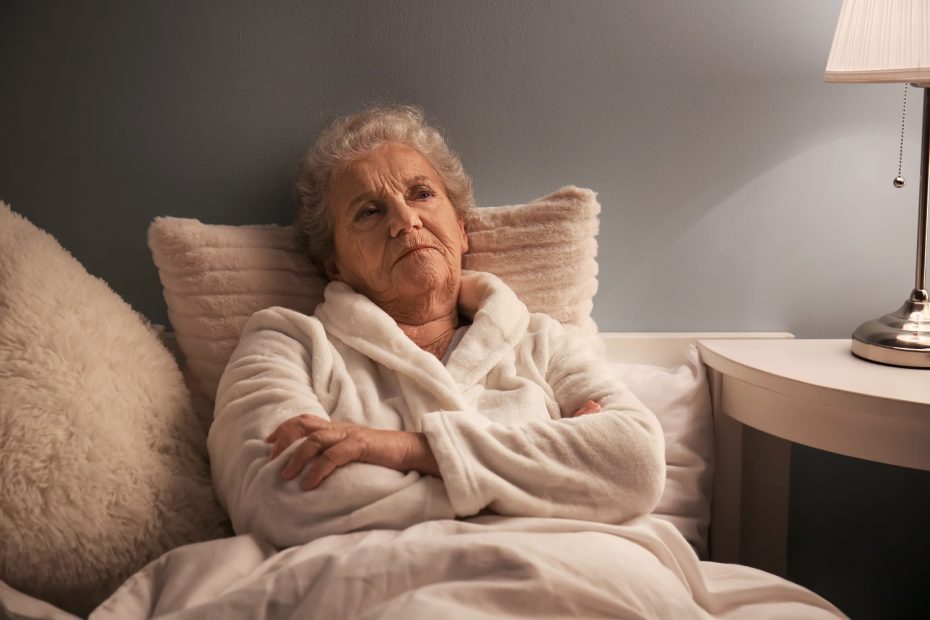As we gracefully age, maintaining our balance and preventing falls become crucial aspects of our daily lives. Senior exercise classes for fall prevention offer a proactive approach to enhance stability, strength, and confidence. These classes are especially vital for seniors, as they address the unique challenges that come with aging.
In this article, we explore the significance of senior exercise classes in preventing falls and promoting overall health. We delve into the various types of exercises, benefits, and practical tips to help family caregivers support their loved ones effectively.

The Importance of Fall Prevention for Seniors
Falls are a leading cause of injury among seniors. According to the CDC, one in four seniors fall each year. This statistic highlights the need for effective fall prevention strategies to ensure the safety and well-being of older adults.
Understanding the Risks
Several factors contribute to the increased risk of falls in seniors, including muscle weakness, balance issues, and certain medical conditions. Additionally, environmental hazards at home can also pose significant risks.
Benefits of Senior Exercise Classes
Participating in senior exercise classes offers numerous benefits that extend beyond fall prevention. These classes help improve cardiovascular health, enhance flexibility, and boost mental well-being.
Building Strength and Balance
Exercises focused on strength and balance are fundamental in reducing fall risks. Activities such as Tai Chi, yoga, and resistance training build muscle strength and improve coordination.
Enhancing Mental Health
Engaging in regular physical activity has been shown to reduce symptoms of depression and anxiety, fostering a positive outlook on life.
Types of Senior Exercise Classes
There are various senior exercise classes tailored to meet the needs of older adults. These classes can be found in community centers, gyms, or even online.
Tai Chi
Tai Chi is a gentle martial art that focuses on slow, deliberate movements. It is excellent for improving balance and flexibility.
Yoga
Yoga classes for seniors emphasize gentle stretching and breathing exercises, enhancing both physical and mental health.
Aquatic Exercise
Water-based exercises are ideal for seniors with joint pain or mobility issues, providing a low-impact way to stay active.
Creating a Safe Exercise Environment
Ensuring a safe environment for exercise is vital. Family caregivers should help set up spaces that minimize hazards and provide necessary support.
Home Safety Tips
Implementing home safety measures can significantly reduce the risk of falls. Removing clutter, securing rugs, and installing grab bars are simple yet effective strategies.
Choosing the Right Class
Selecting a class that matches the senior’s fitness level and interests is crucial for long-term success and engagement.
Supporting Seniors in Their Exercise Journey
Family caregivers play a pivotal role in motivating and encouraging seniors to participate in exercise classes. Providing transportation and emotional support can make a significant difference.
Tracking Progress
Keeping track of progress can boost motivation and highlight improvements in strength and balance.
Celebrating Achievements
Recognizing and celebrating milestones helps maintain enthusiasm and commitment to the exercise program.
Expert Recommendations
Experts recommend that seniors engage in at least 150 minutes of moderate-intensity exercise per week. This can be broken down into shorter sessions throughout the week.
Consulting Healthcare Professionals
Before starting any new exercise regimen, it is essential to consult healthcare professionals to ensure it aligns with the senior’s health status.
Finding Community Support
Joining local senior centers or online communities can provide additional motivation and support from peers.
Conclusion
Senior exercise classes for fall prevention offer a comprehensive approach to improving the lives of older adults. By enhancing physical strength, balance, and mental well-being, these classes empower seniors to lead active, independent lives.
Family caregivers play an essential role in facilitating access to these classes and supporting their loved ones on this journey. Together, we can create a safer, healthier environment for seniors to thrive.

FAQs
How often should seniors attend exercise classes?
Seniors should aim for at least three to five exercise sessions per week, depending on their fitness level and health status.
What should seniors wear to exercise classes?
Comfortable clothing and supportive footwear are recommended for all exercise classes to ensure safety and ease of movement.
Can exercise classes be tailored for seniors with mobility issues?
Yes, many classes offer modifications and are designed to accommodate seniors with varying levels of mobility.
This article contains affiliate links. We may earn a commission at no extra cost to you.






